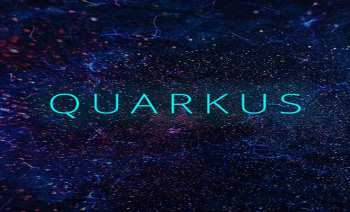Quarkus is designed to significantly reduce the footprint and latency of Java applications, specifically for cloud-native architectures such as microservices, containers and serverless.

Red Hat has released Quarkus, a Kubernetes native Java framework tailored for GraalVM and OpenJDK HotSpot. Quarkus aims to make Java a leading platform in Kubernetes and serverless environments, offering developers a unified reactive and imperative programming model to optimally address a wider range of distributed application architectures.
Quarkus brings a full-stack framework by leveraging a series of libraries used by Java developers, including Eclipse MicroProfile, JPA/Hibernate, JAX-RS/RESTEasy, Eclipse Vert.x, Netty and more.
Quarkus also includes an extension framework that third-party framework authors can leverage to extend it. This extension framework reduces the complexity for making third-party frameworks run on Quarkus and compile to a GraalVM native binary.
A next-generation Kubernetes native Java framework
Based on Red Hat testing, Quarkus delivers significant runtime efficiencies such as a fast startup enabling automatic scaling up/down of microservices on containers and Kubernetes, low memory utilization helping to optimize container density in microservices architecture deployments, and smaller application and container image footprint.
According to Red Hat, Quarkus is designed to seamlessly bring both imperative and reactive programming models in the same platform for microservices development.
“Quarkus provides an effective solution for running Java in this new world of serverless, microservices, containers, Kubernetes, FaaS, and the cloud because it has been designed with these in mind,” Jason Greene, Quarkus project co-founder and distinguished engineer at Red Hat, wrote in a blog.










































































